Coal Mine Fan House (Alberta Rockies)
Coaling mining today is nothing like it used to be. Now they just dig a giant pit and get at it, but compare that to how things were not all that long ago. Back then men toiled underground and put their backs into making Swiss Cheese of the earth. These dark environs were dangerous in a million ways and ventilation always one of the more pressing matters. Mines, and coal mines in particular, could be gassy and this needed to be flushed out or there would be problems. The solution: a fan house like the one explored in this post
This building was connected to an Alberta Rockies mine closed over sixty years ago. Fan houses like this were often well away from the main surface plant and connected to further reaches of the below-ground workings. This one’s up in the woods and hidden away, as most fan houses were.
Coal Mine Fan House (Alberta Rockies), with Chris Doering & Connie Biggart (BIGDoer/Synd)
Do the same…
The machinery housed in this building had one function and that’s to create an airflow within the tunnels below. Good air in, stale air out and it was so important that they could not mine without. Given this, the machinery would be watched over like a hawk and kept well maintained. Methane created in coal mines could be explosive in addition to suffocating, so reliability was paramount.
If one were to stand at the main opening of this mine, far away and with fan in operation, you’d feel a gentle breeze. It was not odd for there to be more than one fan house, especially in larger operations, and each would be connected at a strategic point. Sometimes there was one near the main entry too and in certain older mines, passive air tunnels were used, that is an air opening was made but without a fan. These relied on natural air flow.
A fan could either push, so pressurize the mine and have the bad stuff exit out the main entry, or pull in which directions are reversed and the fresh air sucked in from far away and expelled at the fan house. Both types were used, but no old records we found made mention which type we’re looking at here. We’re hardly well-versed on this specific subject but when we’ve seen other fans of this style, they typically blow. Experts, we’re looking at you!
This is a centrifugal fan that pulls air in from the centre of the drum while it spins on a central axis, and forces it out via a series of slotted blades at its periphery. The flow’s constant, controlled and they were mechanically simple. It’d be hard to say how old this one is, but it was likely an antique by the time the mine closed.
When in operation the fan would have made an constant whooshing sound. We tried to move the drum, to see if it still spun after all these years, but it wouldn’t budge. In the past we’ve found other fans out in the wild, while exploring coal mining areas, that amazingly still moved. Imagine that and after how many decades?
The fan is out in the open now, but would have been incorporated into a housing that fed a conduit of sorts, that then lead to a nearby opening connected to the underground tunnels. This entry, as would be expected, has been sealed up.
The fan is a drum supported by a shaft that sits atop two large yokes and remains of the drive pulley are seen below. This was acted on via a belt connected to an electric motor mounted not far away. You can see the concrete pedestal that supported the motor in the photo captioned: “The drive pulley lies broken on the floor”. See it there in back?
It’s likely all the electrical gear was salvaged when the operation shut down, and other than the fan assembly, there’s nothing left inside the building. They only took things of value and left the rest I guess. A couple gaping holes were punched into the walls and likely mark the exit points of the larger salvaged bits.
The fan house structure itself has a mix concrete inner walls (to support the mass of and stresses associated with the fan) and outer ones with some stone work. A power line once lead to the building from down in the valley but, of course, it’s long gone.
This was a big mine and one of the most prolific producers in its area, in operation from the early 1900s to the late 1950s. In that time almost fourteen million tonnes of coal were extracted – which if put in perspective would fill a train (of the day) that would stretch across two-thirds of Canada. I know, it’s a comparison we make a lot when speaking of coal mines, but we like the analogy.
Imagine waiting for at a crossing for that one to pass! This output is a drop in a bucket compared to modern day pit mines in this country, which typically produce several million tonnes per year.
They mined Bituminous coal here, which could be coked, so made into a material used in steel making. There are many grades of black diamond and here they mined a good product by the standards, mostly for heavy industrial use.
In addition to this underground operation, the firm had a few pit mines in the area where deposits were close to the surface, but these were small and didn’t last long. Below surface coal mining is a thing of the past now, for the most part, in Canada.
Modern underground mines today, of any type, typically get fresh air via forced air turbines, so while different in form, in function they’re the same as this fan.
These photos were shot in colour, but after playing around, we felt they had more pop in black and white.
Know more (new windows): Underground Coal Mine Ventilation and Centrifugal Fan.
There’s always new content being posted, so stop by often!
They’re saying…
”The subject matter is always interesting, and Chris & Connie do an amazing job on studying their subject matter.” Rik Barry.
More coal mining stuff…
Lost Lemon Mine.
Monsters of Metal: Diplomat Mine.
Small Scale Coal Mines.
If you wish more information on what’s seen here, don’t hesitate to: contact us!
Date of Adventure: August, 2021.
Location(s): Alberta Rockies.
Article references and thanks: Alberta Energy Regulator records, UofC archives and local history books.
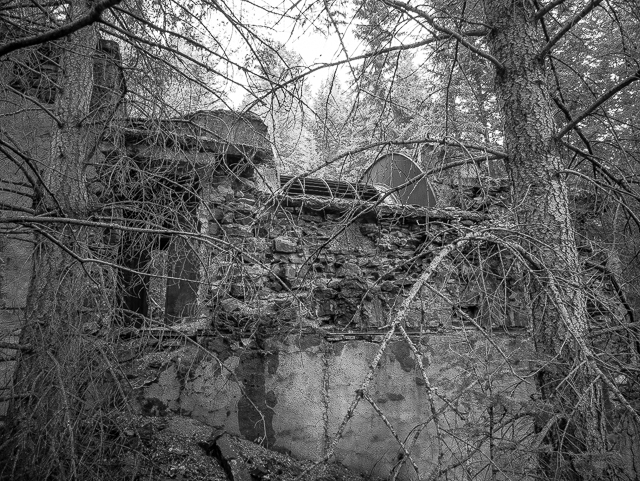
Hidden away in the Alberta Rockies.
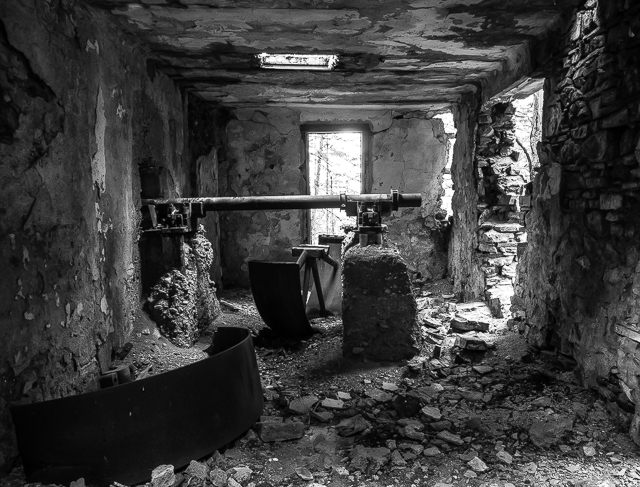
What’s this strange building?
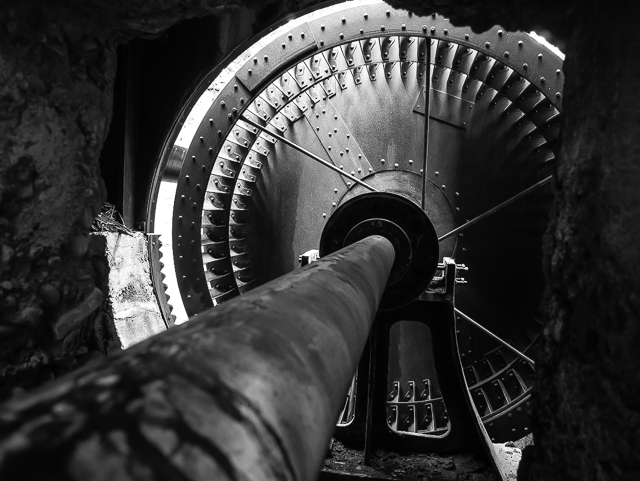
It’s a coal mine fan house.
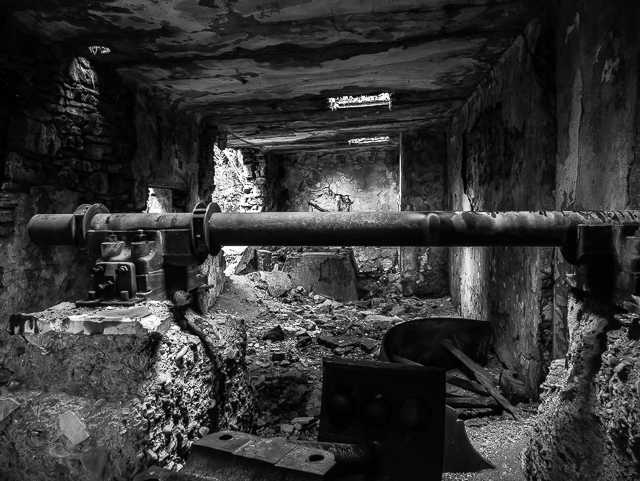
The drive pulley lies broken on the floor.
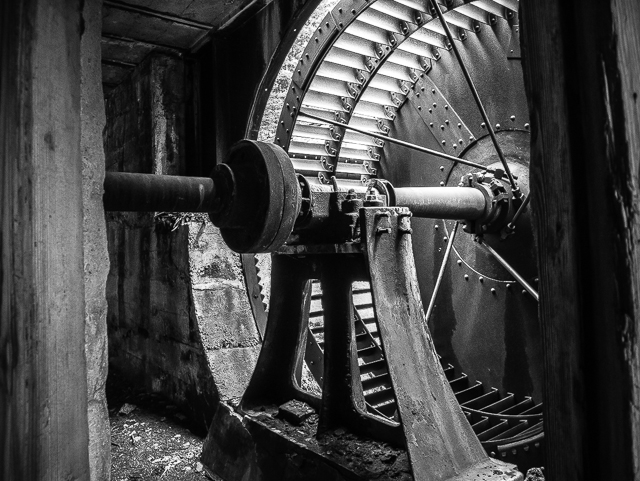
Coal mines, in particular, need good ventilation.
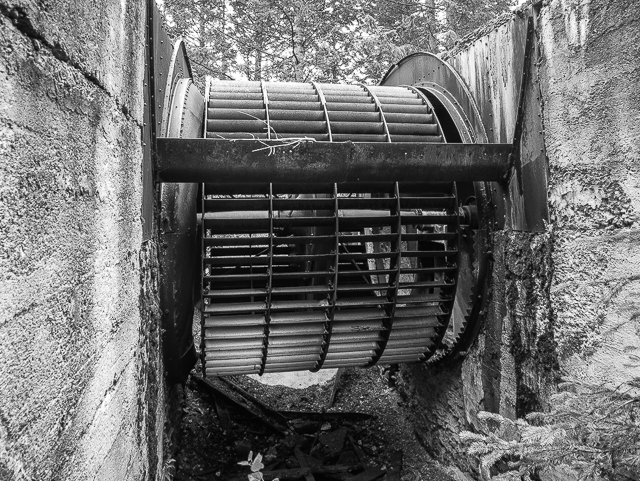
From here, air was forced underground…

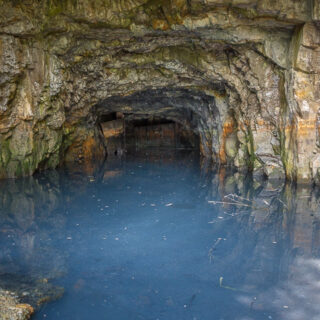
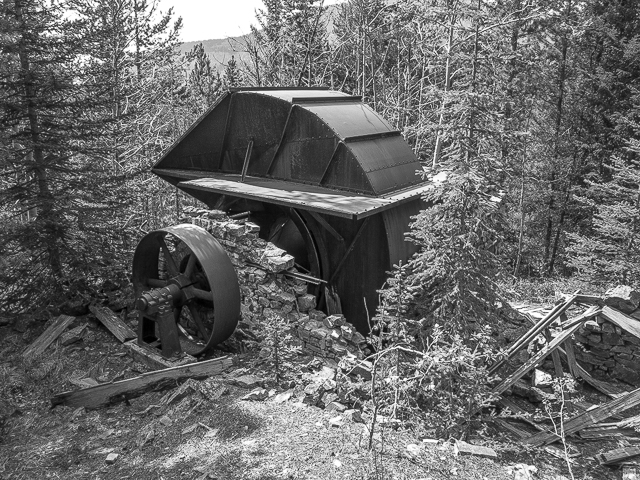
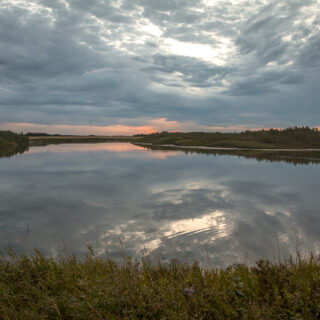
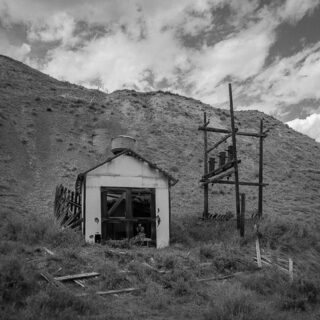
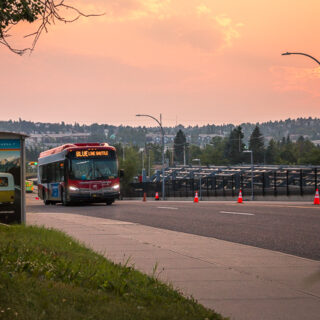
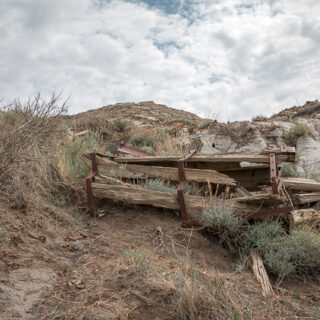
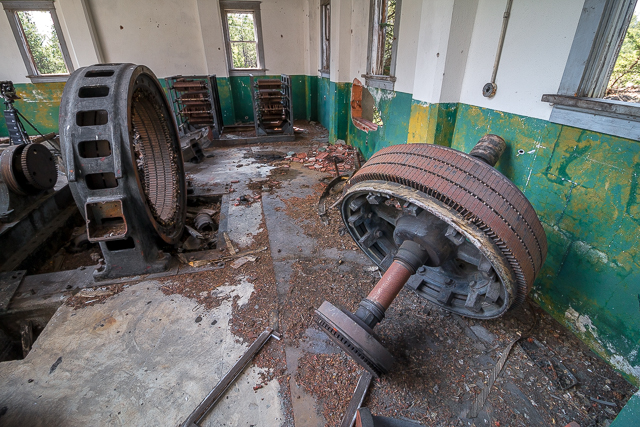
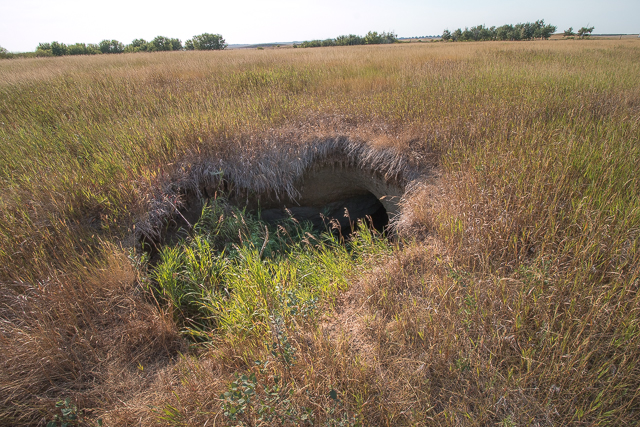
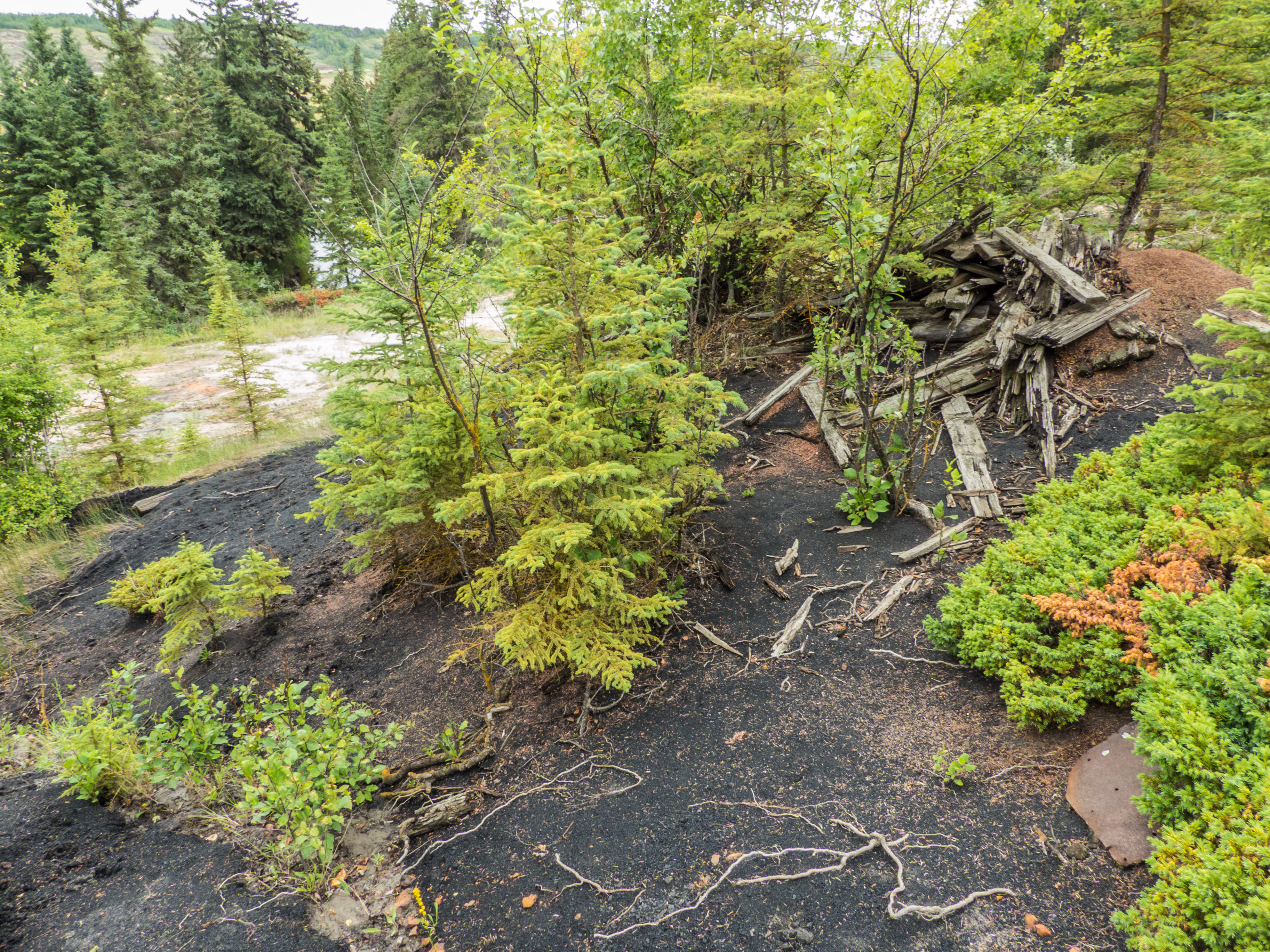
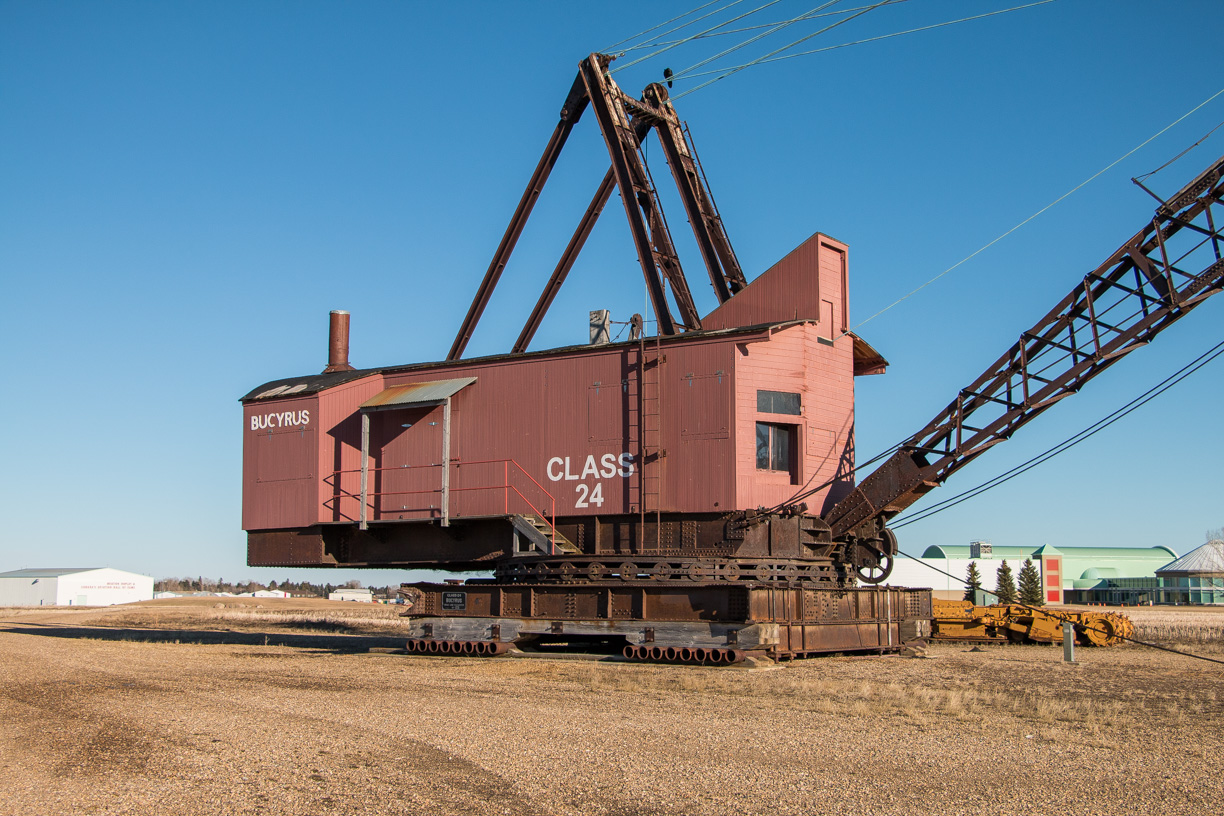
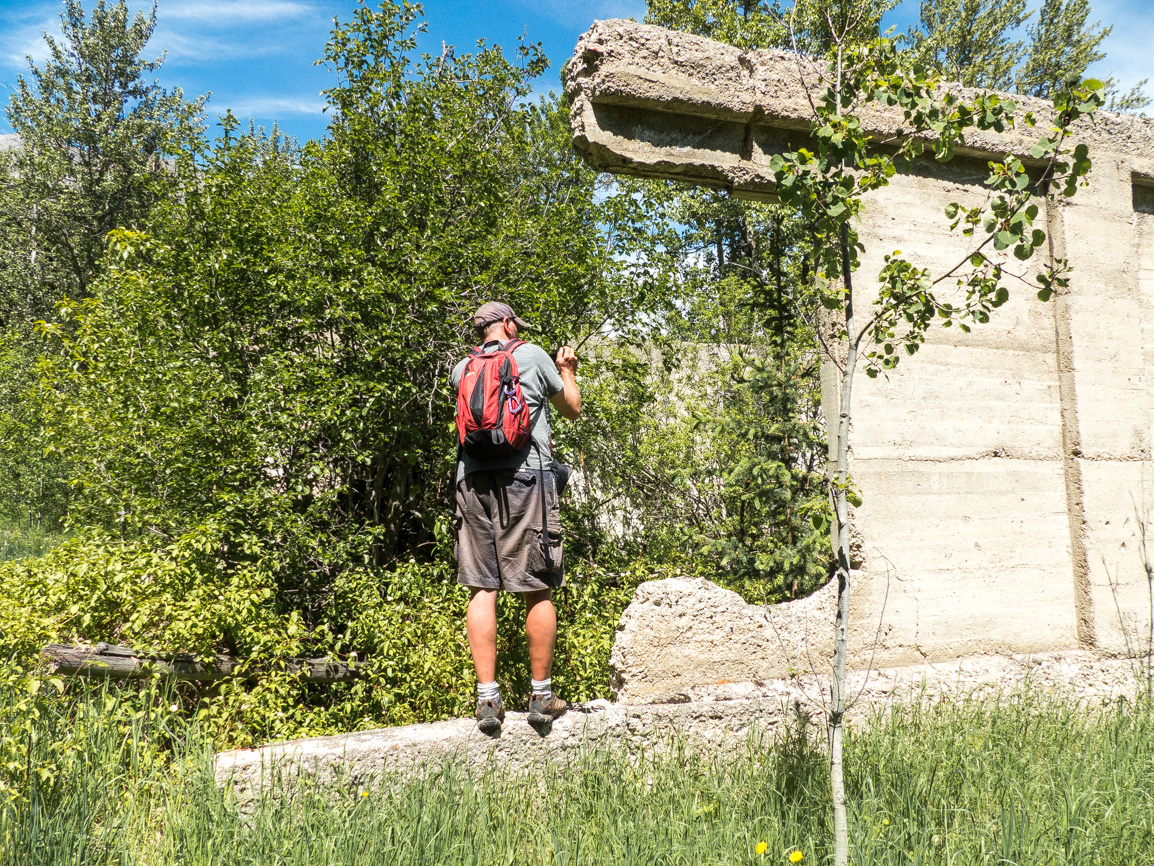
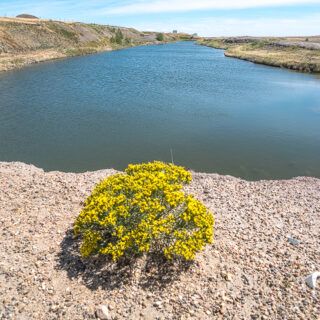







Wow! Very cool!!
Isn’t it!